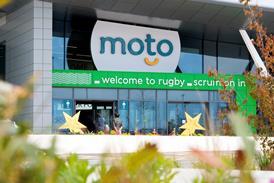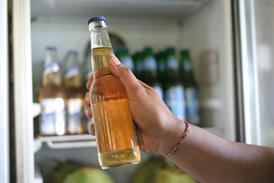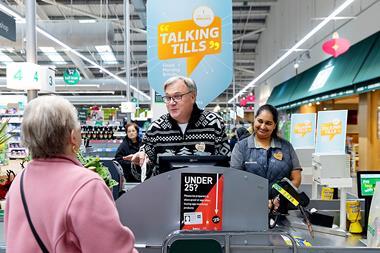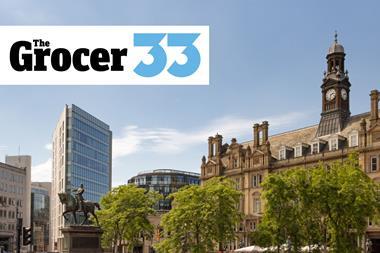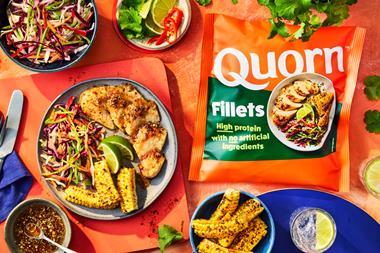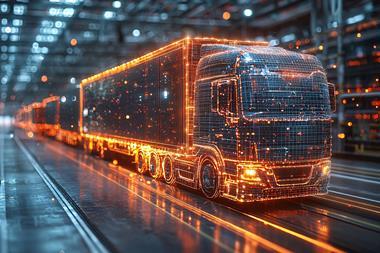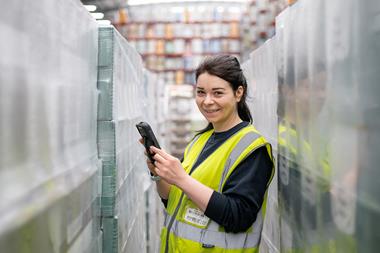Grocery retail is under pressure, from inventory complexity to fast-changing consumer expectations. Smarter barcode scanning solutions are now a critical part of staying competitive, improving efficiency and preparing for what comes next in food retail.
Actionable intelligence in grocery
The grocery industry is no stranger to challenges. Grocers have long faced some of the toughest obstacles of any retail vertical. The combination of excessive shrink (driven by extensive perishable inventory); the possibility of recalls or supply-chain disruptions; increased e-commerce (click-and-collect, same-day deliveries and more); and hyper-competitive pricing wars are expected to wear down grocers’ already-slim margins. Moreover, increased competition from general retailers with sizable food inventories are ramping up pressure on this very competitive retail vertical.
The ability to efficiently capture and leverage data is fundamental to meeting these challenges, and advanced barcode scanning is a critical tool that that can enhance operational efficiencies and customer satisfaction, as well as support grocers in striving to meet evolving consumer expectations.
Understanding and integrating sophisticated barcode scanning solutions is becoming essential to ensure you are not left behind.
Case study: Our customer, Lowes Foods, was able to leverage a loss prevention analytics software solution to enable them to reduce voids by 76% in one year, while saving hundreds of thousands of dollars in losses avoided due to increased visibility and accountability. Read more about the case study here.
The evolution of barcode scanning technology in grocery
With the proliferation of 2D barcodes on everything from product packaging to digital coupons and loyalty cards, traditional 1D scanners may no longer be sufficient. The new GS1 Digital Link coding standard aims to enable anyone to digitally access information from a scan of a 2D product identifier. This code will need to facilitate sufficient data points, a unique product identifier and web link, while remaining universally scannable on consumer, as well as enterprise, devices.
However, barcoding in grocery and retail is not merely the premise for finished goods identification. It also has uses in conveying information about shipping, routing of goods, identification of a pallet or tote level packaging, plus much more. So, 1D coding is anticipated to be relevant for many more years to come.
But with new regulation on the horizon, in the form of the Digital Product Passport, in order to facilitate compliance to the new Green Deal from the European Union, a transition to 2D coding for finished goods product level identification is inevitable in the coming years.
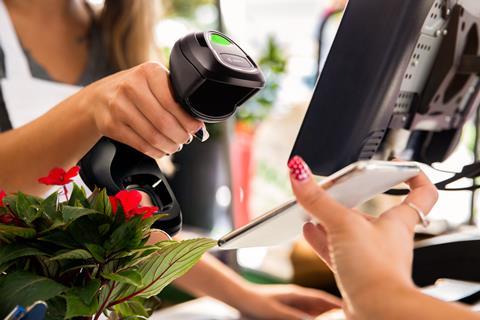
Enhancing the grocery checkout experience
Advanced barcode scanning technology is designed to handle these new formats, ensuring quick and accurate data capture that streamlines checkout processes and enhances the overall customer experience. Moving shoppers through checkout lanes quickly and safely is critical to maintaining customer satisfaction and loyalty. By providing cashiers with intuitive, point-and-shoot scanning capabilities – that capture first time, every time – retailers can reduce wait times and eliminate common errors associated with manual data entry.
Intuitive and user-friendly operations
Advanced scanners are designed with user-friendliness in mind, featuring omni-directional scanning that eliminates the need to align the barcode precisely. This ease of use reduces training time for staff and allows for faster processing at the checkout. Additionally, these scanners often come equipped with intelligent imaging software that ensures high performance even with poor-quality barcodes, further minimising disruptions during transactions.
Flexible and seamless integration
The ability to seamlessly integrate with existing POS systems is another key advantage of modern barcode scanning solutions. These devices are often pre-configured for quick deployment, requiring minimal set-up time. Whether connecting via traditional cables or through Bluetooth technology, these scanners offer flexibility and ease of installation, making them a practical choice for retailers looking to upgrade their systems without significant downtime or expense.
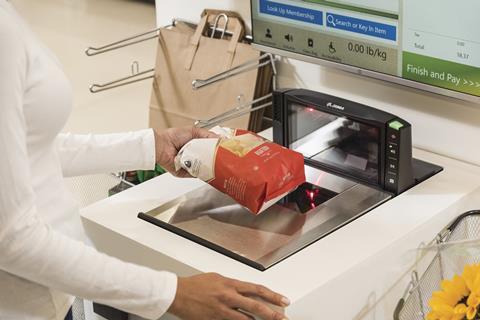
Supporting diverse retail and grocer environments
Barcode scanning technology is versatile enough to support a wide range of retail and grocery environments, from traditional bricks-and-mortar stores to modern tablet-based POS systems. This adaptability ensures grocers can implement these solutions in any setting, enhancing operational efficiency and customer experience across the board.
Streamlining inventory management
Beyond the checkout counter, advanced barcode scanners play a vital role in inventory management. By enabling real-time data capture, they provide accurate insights into stock levels and product movement. This capability helps retailers optimise inventory, reduce discrepancies, and ensure that products are available when and where customers need them.
Meeting the needs of a diverse customer base
As grocers cater to a diverse customer base with varying preferences, barcode scanning technology offers the flexibility to meet these demands providing a consistent and reliable experience that enhances overall satisfaction.
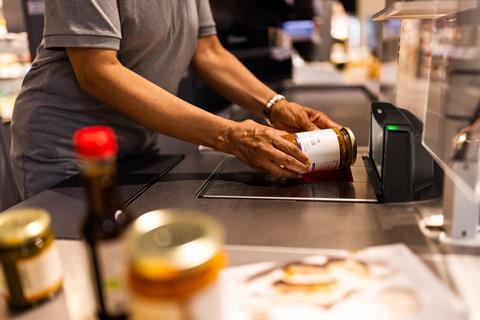
Conclusion: embracing the future of grocery retail
As the grocery industry continues to navigate a rapidly evolving retail landscape, the adoption of advanced barcode scanning technology emerges as a critical factor for success. From enhancing checkout efficiency to streamlining inventory management, these solutions empower grocers to meet the demands of modern consumers while optimising operational performance.
The shift towards more sophisticated, data-rich barcoding systems is not just a technological upgrade – it’s a strategic imperative. With upcoming regulations and the need for greater transparency and sustainability, grocers must position themselves to leverage these advancements to their full potential.
By embracing these innovations, forward-thinking retailers can ensure they remain competitive in a crowded market, delivering superior customer experiences and achieving greater efficiency. As we move into this new era of grocery retail, those who invest in – and adapt to – these cutting-edge technologies will be well-equipped to lead the industry into the future.
Zebra’s robust portfolio of enterprise-grade technology solutions can provide visibility into every corner of your operation and generate insights that drive performance and customer satisfaction. To find out more, visit www.zebra.com/scanners


